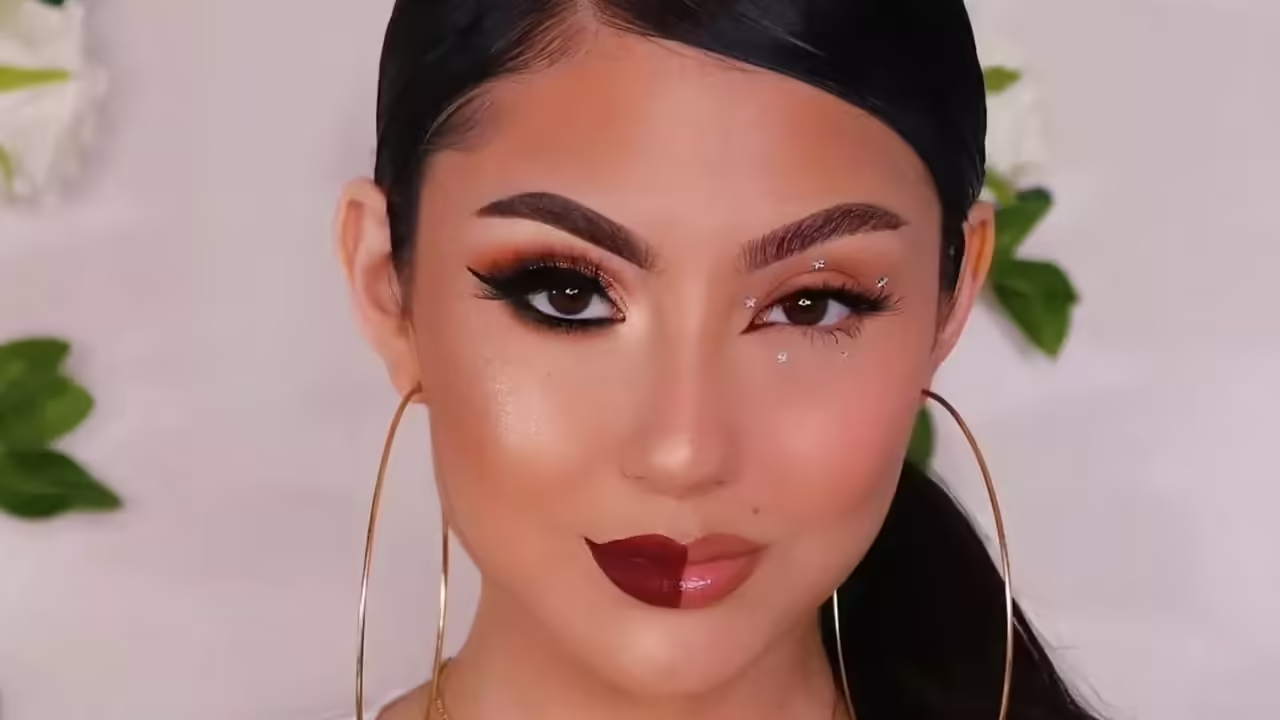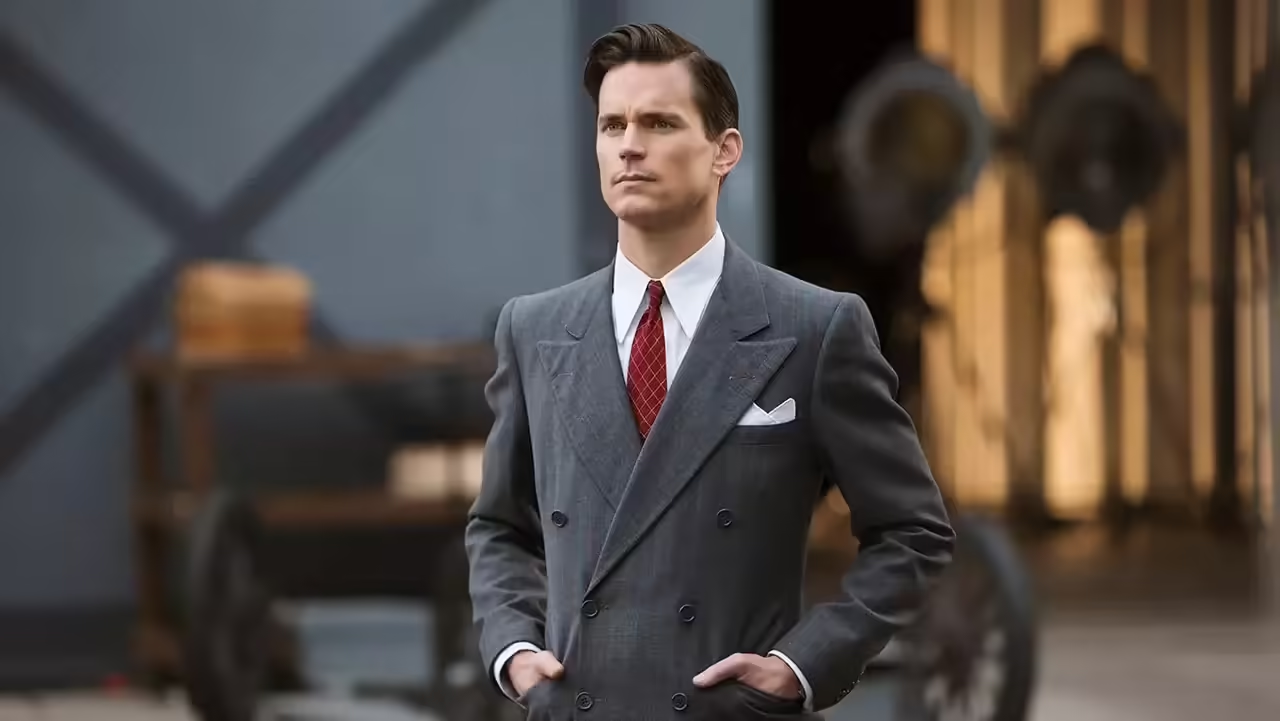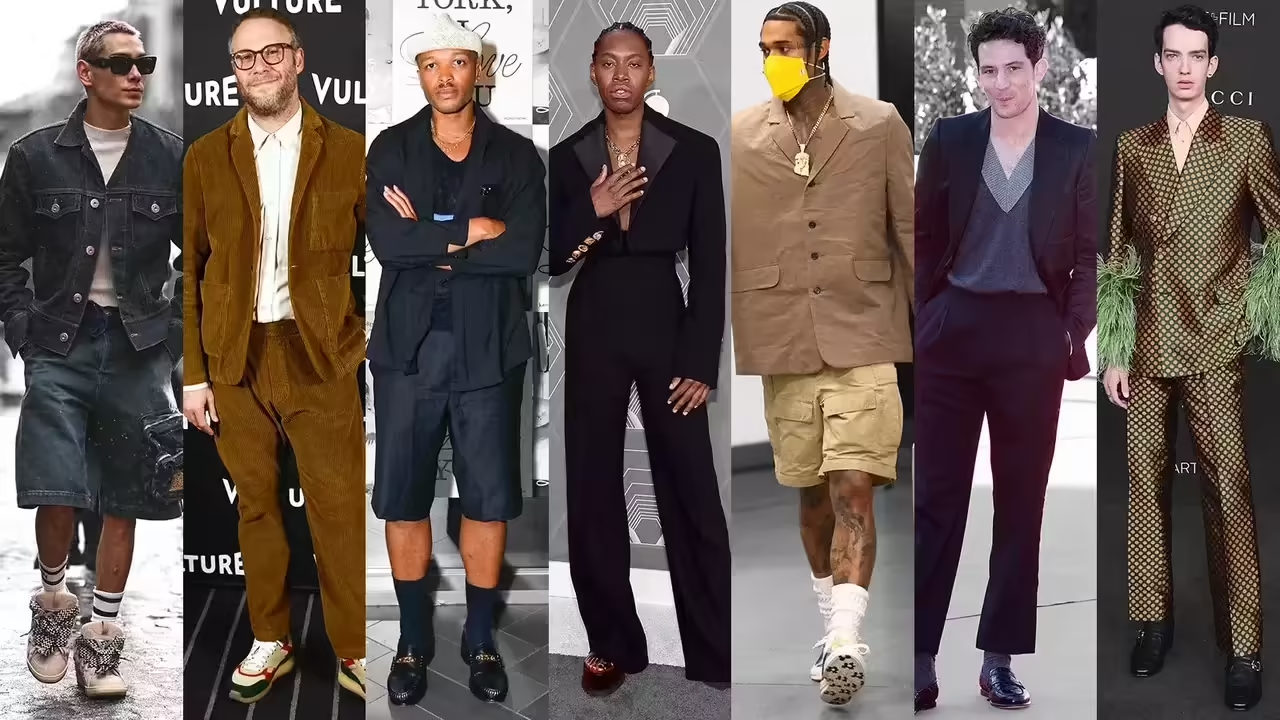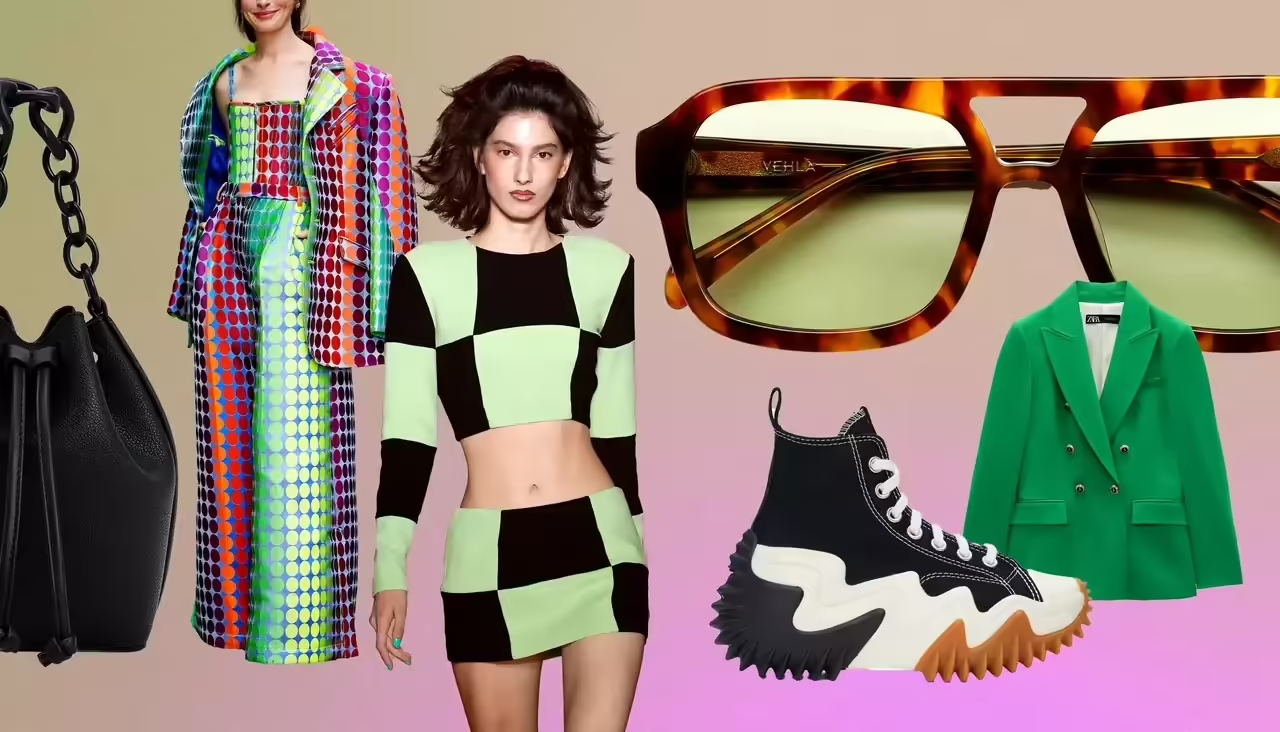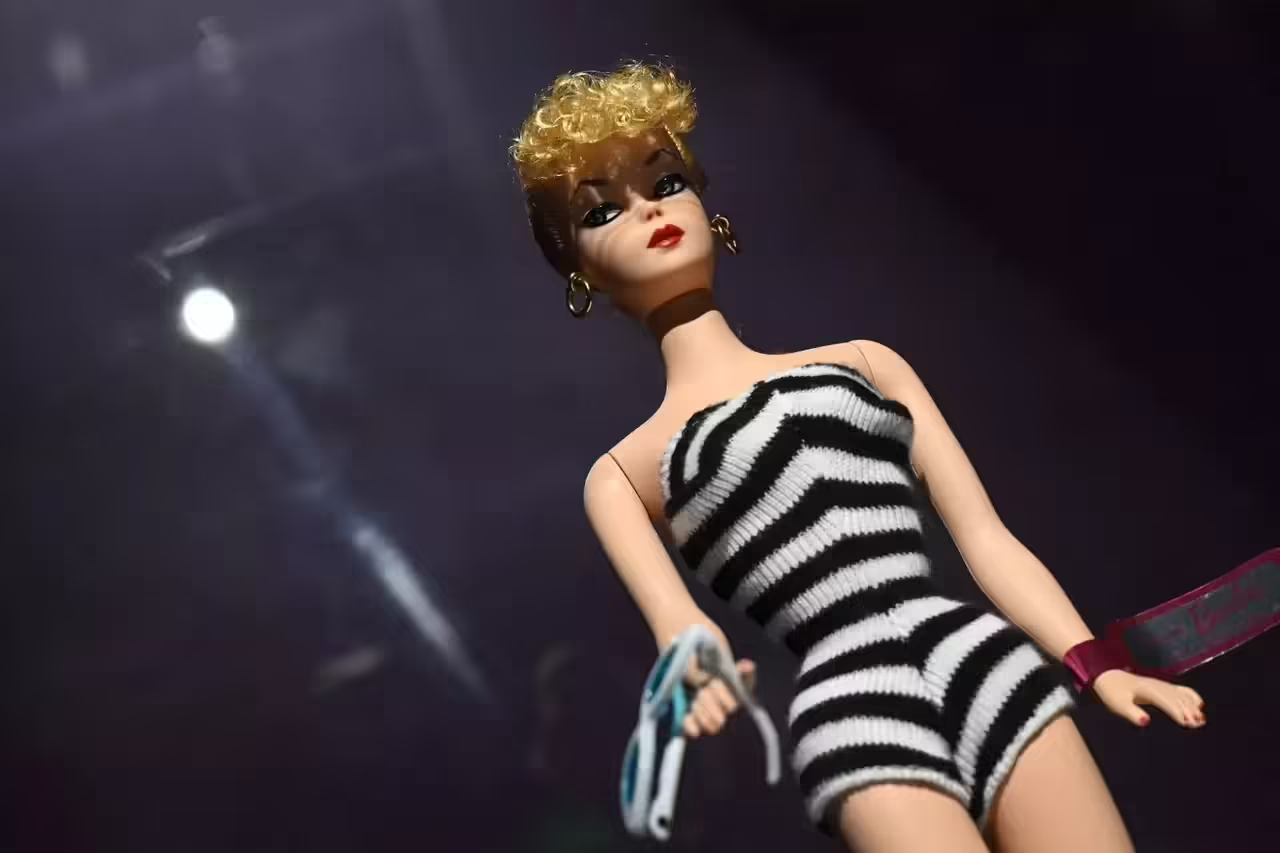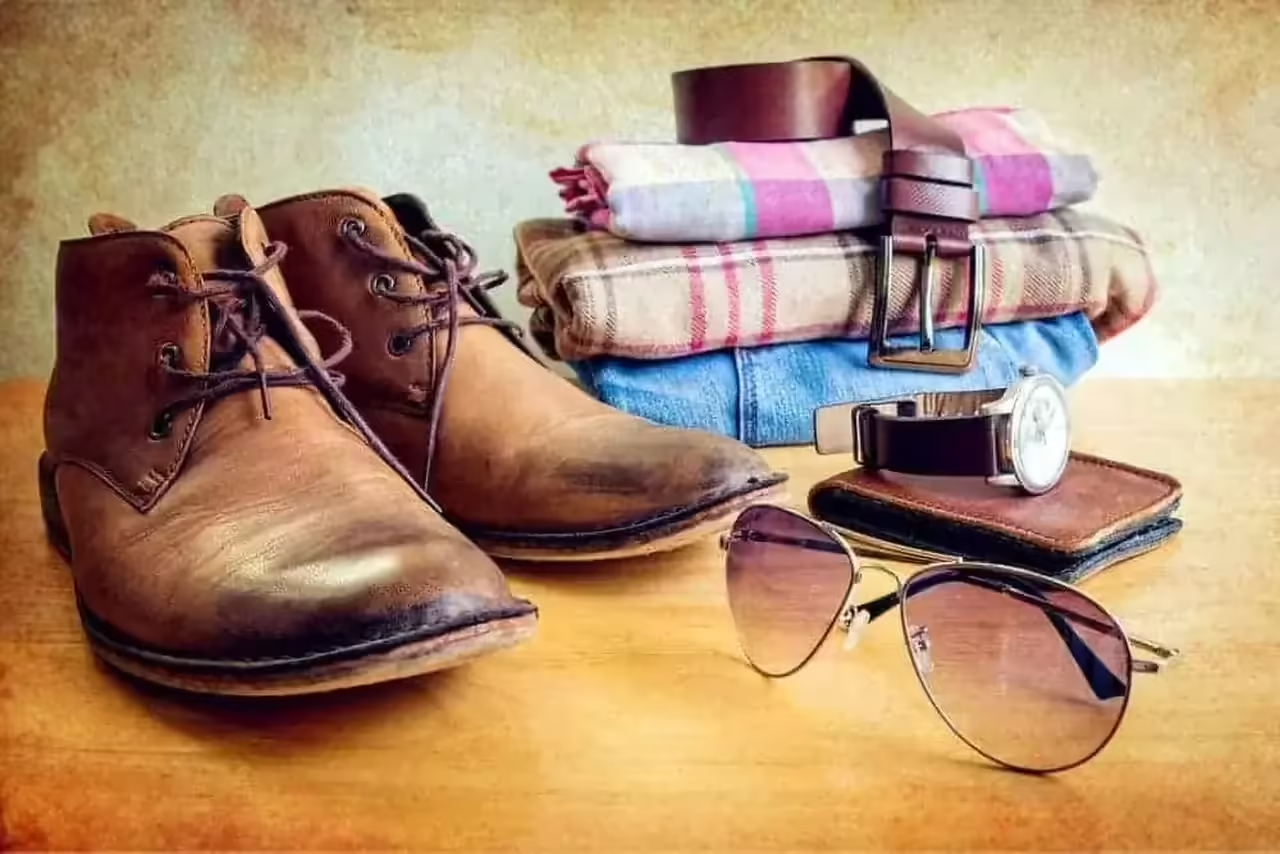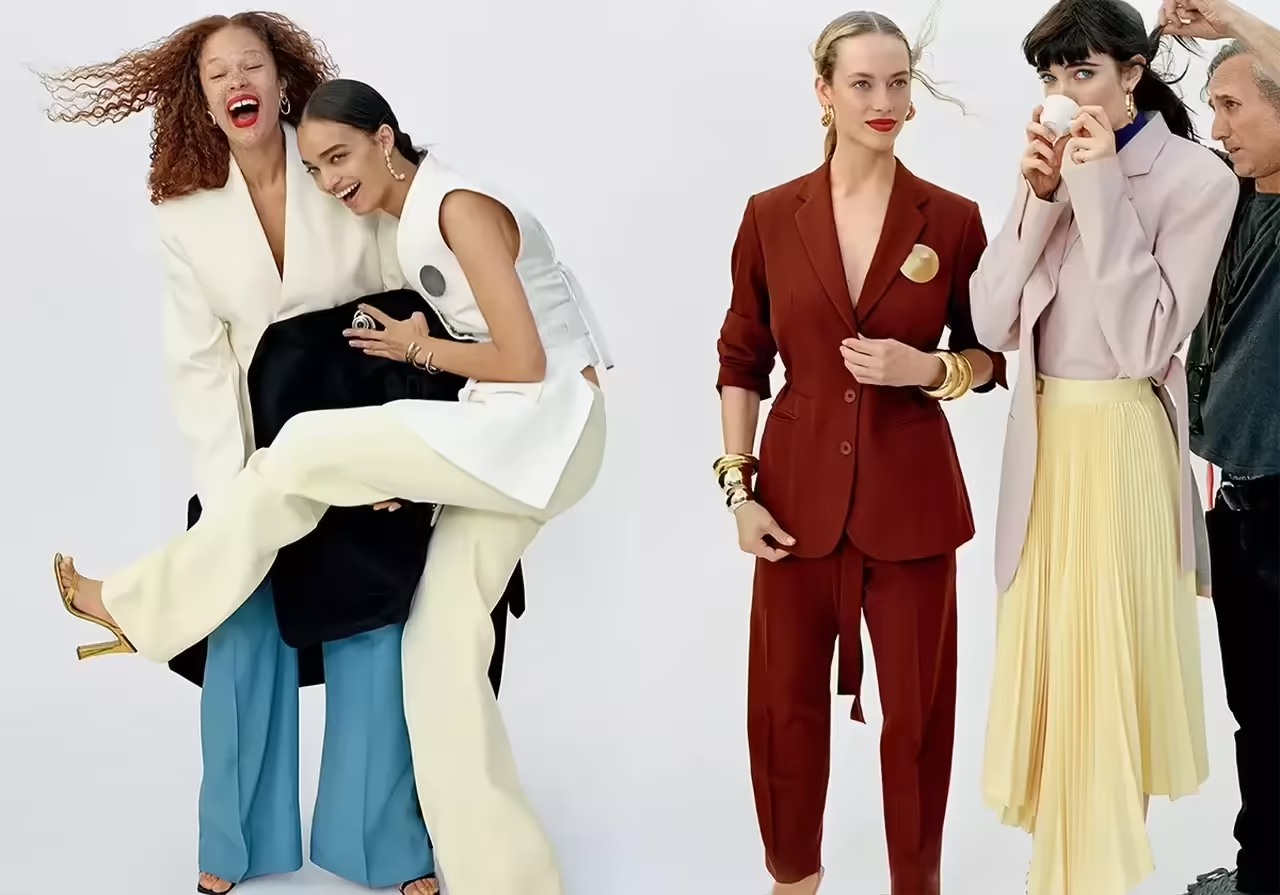
In the ever-evolving landscape of fashion, one particular style has stood the test of time and continues to captivate individuals seeking simplicity and sophistication: Minimalist Style. This aesthetic movement, characterized by simplicity, functionality, and an emphasis on clean lines, has transcended mere trendiness to become a timeless expression of elegance. In this article, we will delve into the roots and influences of minimalist fashion, exploring its definition and the journey that has brought it to the forefront of the fashion industry.
Defining Minimalist Style: Less is More
At its core, minimalist style is a celebration of simplicity, focusing on essential elements to create a refined and uncluttered aesthetic. This design philosophy extends beyond clothing, permeating various aspects of life, including architecture, art, and lifestyle. In the realm of fashion, minimalism emphasizes the beauty of clean silhouettes, neutral color palettes, and the meticulous attention to detail.
Minimalist fashion is characterized by a curated wardrobe composed of versatile, high-quality pieces. This intentional approach to clothing promotes a clutter-free closet and encourages individuals to invest in timeless garments that transcend fleeting trends. Key elements include monochromatic outfits, streamlined designs, and a commitment to quality over quantity.
Origins and Influences of Minimalism in Fashion
The roots of minimalist fashion can be traced back to the mid-20th century, emerging as a reaction to the excesses of previous design movements. Influenced by art and architecture, the minimalist movement sought to strip away unnecessary embellishments and showcase the inherent beauty of simplicity.
One of the pioneering figures in minimalist fashion is the Japanese designer Yohji Yamamoto. His avant-garde designs challenged traditional notions of fashion, introducing oversized silhouettes and a monochromatic palette that defied the vibrant trends of the time.
In the 1990s, the term “normcore” emerged, emphasizing a return to basic, unpretentious styles. This concept aligns with the minimalist philosophy, encouraging individuals to embrace simplicity without sacrificing personal style.
The minimalist movement has also been significantly influenced by Scandinavian design principles, with brands like COS and Acne Studios embodying the clean lines and functional elegance that define this aesthetic.
In recent years, minimalist fashion has experienced a resurgence, with contemporary designers such as Jil Sander, Phoebe Philo, and The Row’s Mary-Kate and Ashley Olsen championing the minimalist ethos. Their designs continue to shape the landscape of fashion, proving that minimalism is not just a passing trend but a lasting and influential style.
Key Characteristics of Minimalist Style: Elevating Elegance through Simplicity
Minimalist style, with its emphasis on simplicity and functionality, has become a hallmark of timeless elegance in the world of fashion. Let’s delve into the key characteristics that define this sophisticated aesthetic:
Simplicity and Functionality: The Essence of Minimalism
At the heart of minimalist style lies the principle of simplicity. Minimalist fashion embraces the idea that less is more, favoring clean lines and uncluttered designs. This simplicity extends beyond aesthetics; it influences the functionality of each garment. Every piece in a minimalist wardrobe is chosen with intention, serving a purpose and contributing to a cohesive and versatile collection.
Neutral Color Palettes: The Power of Subtlety
The use of neutral colors is a defining feature of minimalist fashion. Shades such as whites, blacks, grays, and earth tones dominate the minimalist palette. These hues create a sense of calm, sophistication, and timelessness. The absence of vibrant colors allows the focus to shift from flashy details to the overall form and structure of the clothing.
Clean Designs and Simple Lines: Precision in Every Stitch
Minimalist style celebrates clean designs and simple lines. Garments are characterized by well-defined shapes, devoid of unnecessary embellishments or intricate patterns. Straightforward silhouettes and precisely tailored cuts contribute to the overall harmony and balance of the outfit. This attention to detail ensures that each element serves a purpose, reinforcing the philosophy of simplicity.
Focus on Quality: Investing in Timeless Pieces
In the realm of minimalist fashion, quality takes precedence over quantity. Minimalists appreciate the craftsmanship and durability of well-made garments. Investing in high-quality fabrics and impeccable construction ensures that each piece not only stands the test of time but also retains its elegance and relevance season after season. This commitment to quality aligns with the sustainable aspect of minimalism, encouraging a more thoughtful and conscious approach to fashion consumption.
By embracing simplicity, neutral color palettes, clean designs, and a focus on quality, minimalist style transcends trends, offering a refined and enduring approach to fashion. These key characteristics empower individuals to curate wardrobes that reflect their personal style while embodying the timeless allure of minimalist elegance.
Icons of Minimalist Fashion: Designers, Brands, and Celebrities Leading the Way
Minimalist fashion has seen a surge in popularity, thanks in part to influential designers, forward-thinking brands, and style-conscious celebrities who have embraced the elegance of simplicity. Let’s explore some of the key icons shaping the world of minimalist fashion:
Designers and Notable Brands
Yohji Yamamoto: A trailblazer in the world of minimalist fashion, Yohji Yamamoto’s avant-garde designs challenge conventional norms. His work often features oversized silhouettes and a monochromatic color palette, making him a true pioneer in the minimalist movement.
Jil Sander: Renowned for her clean lines and timeless designs, Jil Sander has consistently embodied the essence of minimalist fashion. Her eponymous brand is synonymous with understated luxury and a focus on quality craftsmanship.
COS (Collection of Style): Hailing from the H&M Group, COS has become a go-to brand for minimalist enthusiasts. Their modern and functional designs, coupled with a commitment to sustainable practices, have solidified COS as a key player in the minimalist fashion landscape.
The Row: Founded by Mary-Kate and Ashley Olsen, The Row is a luxury brand celebrated for its minimalist aesthetic. Known for impeccable tailoring and the use of premium materials, The Row has garnered acclaim for its sophisticated and understated collections.
Celebrities Embracing Minimalist Style
Emma Watson: The British actress and UN Women Goodwill Ambassador is often seen in chic, minimalist outfits. Emma Watson’s style combines simplicity with sophistication, making her a noteworthy icon of minimalist fashion.
Ryan Gosling: Known for his effortlessly cool and refined style, Ryan Gosling often opts for minimalist looks on and off the red carpet. His wardrobe choices reflect a commitment to timeless pieces and uncomplicated elegance.
Cate Blanchett: The Oscar-winning actress is a red carpet icon of minimalist glamour. Cate Blanchett’s fashion choices frequently showcase clean lines, monochromatic palettes, and impeccable tailoring, aligning perfectly with minimalist principles.
Pharrell Williams: The musician and fashion influencer is recognized for his unique take on minimalist streetwear. Pharrell Williams often combines classic silhouettes with modern, minimalist elements, creating a distinctive and trendsetting style.
These designers and celebrities have become synonymous with the minimalist movement, inspiring fashion enthusiasts around the globe to embrace a refined and uncluttered approach to style. Their influence extends beyond the runway, shaping the way we perceive and appreciate the elegance of simplicity in the world of fashion.
Minimalist Wardrobe Management: Building and Curating with Intention
Creating a minimalist wardrobe goes beyond fashion trends; it’s a lifestyle choice focused on simplicity, functionality, and versatility. Here’s a guide on how to construct a minimalist wardrobe and some tips for selecting versatile garments.
Building a Minimalist Wardrobe: Less, But Better
Assess Your Current Wardrobe: Begin by evaluating your existing clothing. Identify pieces that align with minimalist principles, such as clean lines, neutral colors, and versatility. Discard items that no longer serve a purpose or bring you joy.
Define Your Style Essentials: Determine your essential clothing items based on your lifestyle. These may include classic tops, bottoms, dresses, and outerwear. Focus on timeless pieces that can be mixed and matched effortlessly.
Neutral Color Palette: Opt for a neutral color scheme, such as whites, blacks, grays, and earth tones. This allows for easy coordination and ensures that your wardrobe remains cohesive.
Quality Over Quantity: Invest in high-quality, durable garments that withstand the test of time. Quality fabrics and craftsmanship are essential for a minimalist wardrobe, as they contribute to longevity and reduce the need for frequent replacements.
Capsule Wardrobe Approach: Consider adopting a capsule wardrobe concept, which involves a curated collection of essential, interchangeable items. This streamlines your choices, making it easier to create cohesive outfits.
Tips for Selecting Versatile Pieces:
Versatile Basics: Prioritize versatile basics that can be dressed up or down. Examples include a white button-down shirt, well-fitted jeans, and a tailored blazer. These items serve as the foundation for a range of looks.
Multi-Functional Accessories: Choose accessories that can transform an outfit. A classic scarf, a quality leather belt, or minimalist jewelry can elevate even the simplest ensemble.
Layering Pieces: Invest in layering pieces for added versatility. A neutral cardigan, a tailored jacket, or a versatile coat can extend the wearability of your wardrobe across different seasons.
Transitional Items: Look for items that seamlessly transition from casual to formal settings. A versatile dress, for instance, can be accessorized for various occasions, reducing the need for a multitude of specialized garments.
Timeless Silhouettes: Prioritize timeless silhouettes that withstand fashion fluctuations. Classic cuts and designs ensure that your wardrobe remains relevant for years to come.
Functional Footwear: Choose footwear that complements multiple outfits. A pair of comfortable yet stylish shoes in a neutral color can be paired with various looks, reducing the need for an extensive shoe collection.
Remember, the essence of a minimalist wardrobe lies in conscious curation and thoughtful selection. By focusing on quality, versatility, and timeless style, you can build a wardrobe that not only simplifies your daily choices but also reflects your personal aesthetic with enduring elegance.
Accessorizing the Minimalist Way: Embracing Simplicity and Functionality
In the realm of minimalist style, accessories play a crucial role in elevating an outfit with subtle details. The key lies in selecting accessories that embody simplicity and functionality, enhancing your overall look without overwhelming it. Let’s explore how to approach accessories in the minimalist style, with a focus on jewelry and complementary items.
Embracing Simplicity and Functionality:
Purposeful Selection: When choosing accessories, prioritize functionality and purpose. Each piece should serve a specific function or add a meaningful touch to your overall ensemble.
Clean Lines and Uncluttered Designs: Opt for accessories with clean lines and uncluttered designs. Minimalist aesthetics often favor simplicity, so look for pieces that showcase a refined and understated elegance.
Neutral Tones: Just as in clothing, a neutral color palette is key to minimalist accessorizing. Choose accessories in tones such as silver, gold, black, or white to ensure versatility and easy coordination with various outfits.
Quality over Quantity: Minimalism encourages a “less is more” mindset. Invest in a few high-quality accessories rather than a multitude of items. This not only aligns with minimalist principles but also ensures durability and longevity.
Minimalist Jewelry and Accessories:
Dainty Necklaces: Delicate, dainty necklaces with subtle pendants or minimalist charms are perfect for adding a touch of elegance without being overpowering. Layering multiple thin chains can create a chic and personalized look.
Simple Bracelets and Bangles: Choose bracelets and bangles with clean, uncomplicated designs. Consider thin cuffs or single-strand bracelets that complement your overall aesthetic without drawing too much attention.
Classic Watches: A timeless watch with a clean face and a simple strap is a staple in minimalist accessorizing. Opt for neutral colors like black, white, or metallic tones to ensure versatility.
Geometric Earrings: Minimalist earrings often feature geometric shapes or simple studs. Avoid overly ornate designs, and focus on pieces that add a subtle accent to your ears.
Functional Bags: When it comes to handbags, select functional designs with clean lines. Crossbody bags or tote bags in neutral colors are excellent choices for a minimalist look.
Subtle Scarves: Scarves can be versatile accessories when chosen carefully. Opt for scarves in solid colors or simple patterns that complement your wardrobe, adding warmth and style without excess.
